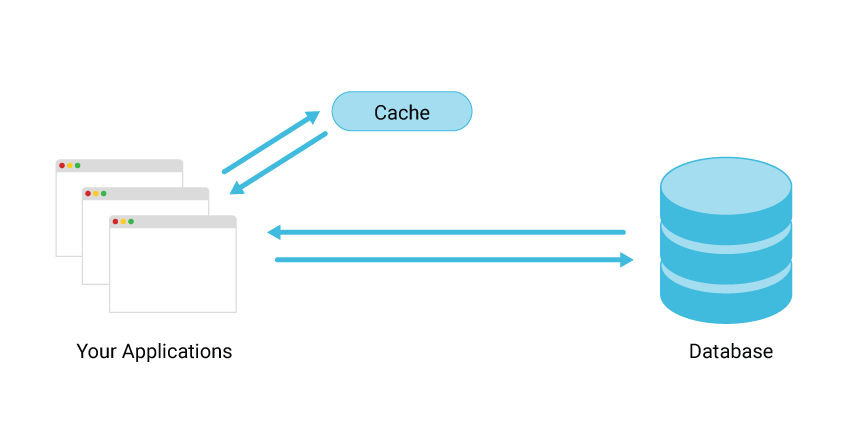The HTTP (HyperText Transfer Protocol) request-response cycle is the backbone of how the web operates. It governs the interaction between clients (like web browsers) and servers, allowing for the seamless exchange of data that powers websites and web applications. To make this process more digestible, let’s break it down using a flowchart analogy, simplifying each step in the cycle.
The cycle include 8 steps which are
User Action (Initiating a Request)
DNS Lookup
Establishing a Connection
Sending the HTTP Request
Server Processing
Sending the HTTP Response
Rendering the Response
Connection Termination
1. User Action (Initiating a Request)
A user types a URL or clicks a link in the browser, which triggers an HTTP request to the server.
Example: Think of this as the user entering a request at a help desk. The user asks for something (like a webpage), which triggers the process.
2. DNS Lookup
Before the client can send the request, it needs the server’s IP address. This is done via a DNS lookup, which resolves the domain name (like www.amazon.com) into an IP address (e.g., 202.91.13.32).
Example: Imagine the help desk doesn’t know where to send the request, so it looks up the location of the department that can help.
3. Establishing a Connection
Once the client has the IP address, it establishes a connection. If the website uses HTTPS, two additional things happen:
TCP Handshake: A three-step process ensuring reliable communication.
TLS/SSL Handshake: This establishes encryption for secure data transfer.
Example: Now that the help desk knows where to send the request, it sets up a communication channel to ensure smooth interaction.
4. Sending the HTTP Request
The client sends an HTTP request to the server. This includes:
Request Line: Defines the method (GET, POST, etc.), the resource path, and the HTTP version.
Headers: Contain metadata like user-agent, cookies, and content-type.’
Example: The user makes the request to the help desk, specifying what they want and any necessary details.
5. Server Processing
The server processes the request by:
Parsing it to understand the resource and its parameters.
Fetching data, running logic, or reading static files as needed.’
Example: The help desk processes the request, checking if it can fulfill it. It may have to gather information or run some internal processes.
6. Sending the HTTP Response
The server sends back an HTTP response to the client. This includes:
200: OK
404: Not Found
And Headers
Example: Once the help desk has the information, it prepares a response to send back to the user.
7. Rendering the Response
The client (browser) processes the response If it’s HTML, the browser renders it on the screen. If more resources (like CSS, JavaScript, or images) are required, the browser initiates separate requests for those.
Example: The user receives the information and processes it, like reading a letter or using the information provided.
8. Connection Termination
Once the response is delivered, the connection is terminated. In modern HTTP versions, persistent connections can keep the communication open for multiple requests, reducing overhead.
Example: Once the help desk has provided the information, the communication channel is closed.

Some Jargons in the HTTP Request-Response Cycle:
Caching:
Browsers and servers cache resources to improve performance and reduce repeated requests.
Example: The help desk keeps a record of frequently asked questions to save time.

Cookies:
Small pieces of data stored on the client’s browser by the server.
Example: Imagine a coffee shop gives you a loyalty card when you order something. Each time you return, the shop checks your card (stored with you) to know your past preferences or rewards.
Session:
Temporary data stored on the server for a specific user during their interaction with the application.
Example: In the coffee shop, the cashier might remember your order preferences during your visit, but they forget as soon as you leave.
Conclusion
The HTTP request-response cycle, much like a well-organized help desk, facilitates the exchange of information between clients and servers. By understanding this process, developers can optimize web applications for speed, reliability, and security. Whether you're building simple static pages or complex applications, mastering the HTTP cycle is essential for delivering a seamless user experience.

